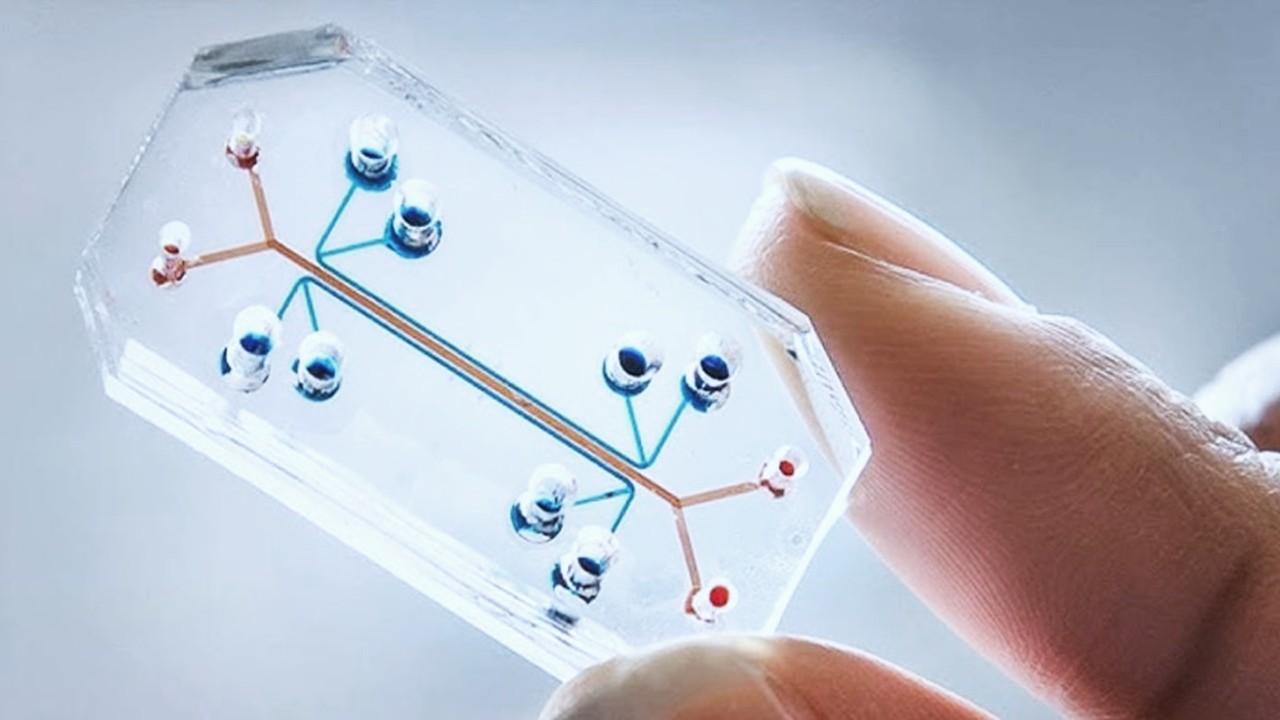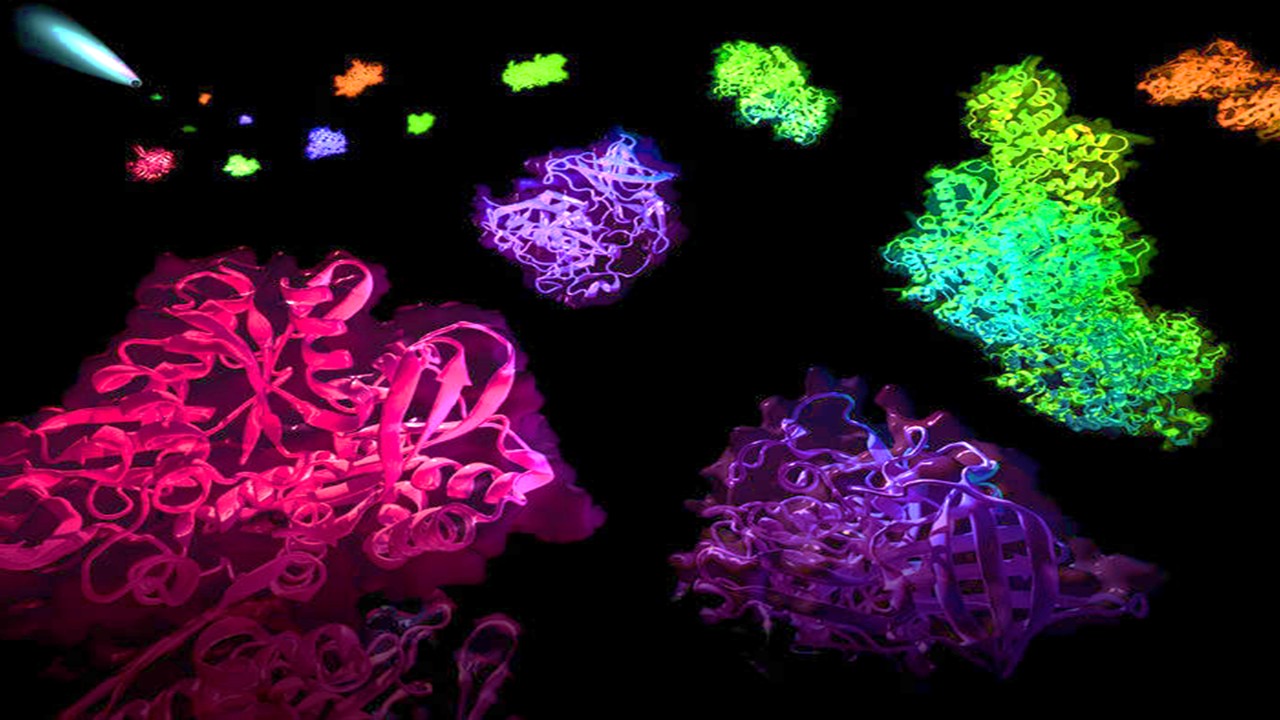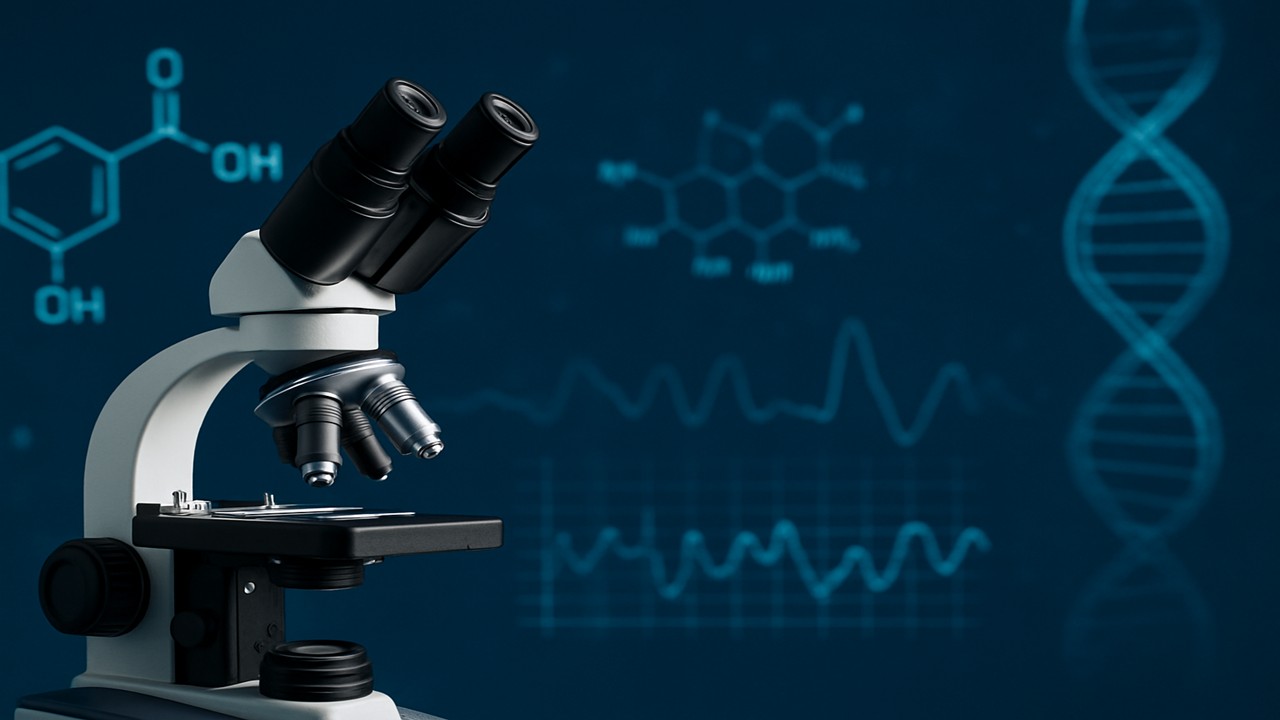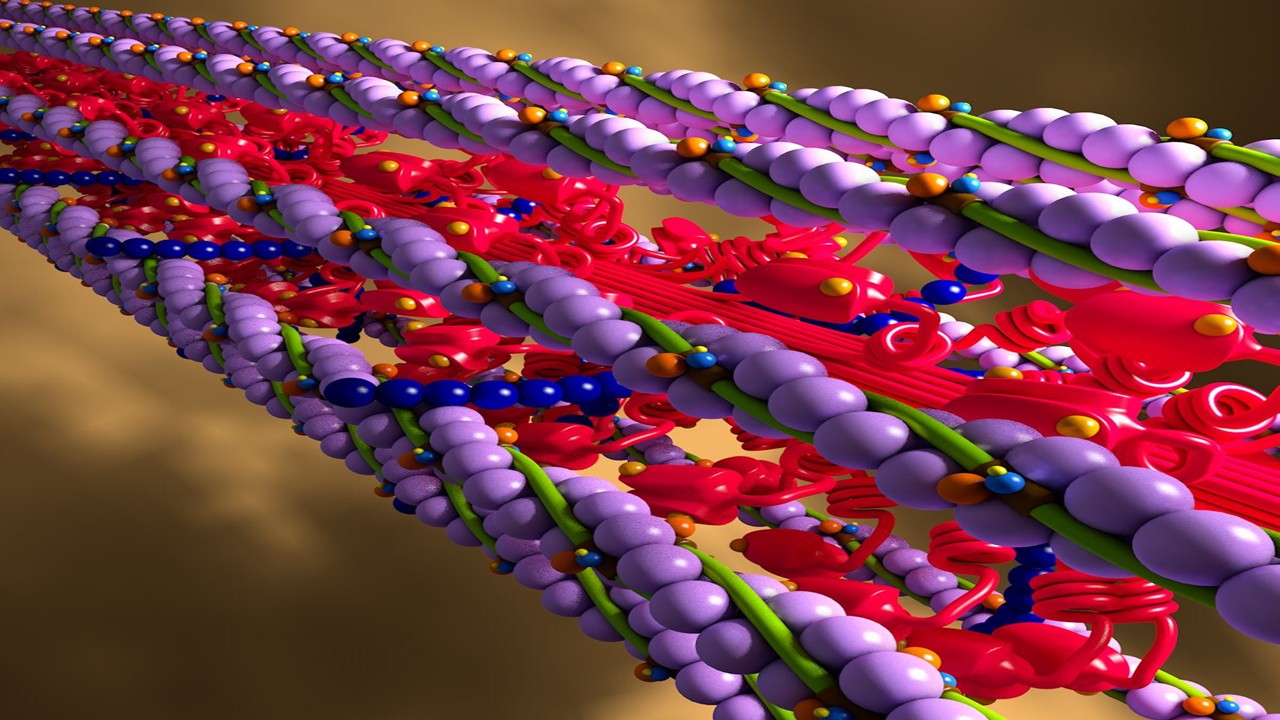Van der Waals forces are fundamental to molecular interactions, underpinning the stability and specificity of many biological processes. Also known as electrodynamic interactions, these forces occur universally between all atoms and molecules when they come sufficiently close together. Unlike covalent or ionic bonds, Van der Waals forces are relatively weak and result from transient interactions rather than permanent attractions. Despite their subtlety, these forces are pivotal in stabilizing drug-target complexes, influencing the physical properties of substances, and determining molecular recognition processes. Understanding these forces is essential for optimizing drug interactions, improving bioavailability, and designing effective therapeutics.
London Dispersion Forces: The Foundation of Molecular Attraction
London dispersion forces, also known as dispersion interactions or induced dipole-induced dipole interactions, originate from transient fluctuations in electron density within molecules. These fluctuations create temporary dipoles, which in turn induce corresponding dipoles in neighboring molecules, resulting in a weak but significant attraction. This type of Van der Waals interaction is omnipresent and occurs universally, including in atom-atom interactions. London dispersion forces play a crucial role in stabilizing molecular assemblies, influencing the fluidity and cohesiveness of biological membranes. This interaction is especially important in drug design, where it contributes to the stabilization of drug-target complexes. The dispersion forces can affect the overall binding affinity and selectivity of lead compounds, thereby influencing therapeutic outcomes.
One prominent example of London dispersion forces in drug interactions is the binding of the nonsteroidal anti-inflammatory drug (NSAID) ibuprofen to its target enzyme, cyclooxygenase (COX). The interaction between ibuprofen and COX involves dispersion forces that help stabilize the drug-enzyme complex, contributing to the drug’s effectiveness in reducing inflammation and pain. The London dispersion forces between ibuprofen and COX are crucial for maintaining the drug’s position within the enzyme’s active site, thus influencing its pharmacological activity.
Another example is the interaction between the chemotherapeutic agent paclitaxel and its target protein, tubulin. Paclitaxel binds to tubulin through a combination of Van der Waals forces, including dispersion interactions. These forces play a critical role in stabilizing the paclitaxel-tubulin complex, which is essential for the drug’s efficacy in disrupting cancer cell division. The London dispersion forces enhance the binding affinity and stabilization of the complex, thereby improving the therapeutic outcome.
Dipole-Dipole Interactions: Permanent Attractions
Dipole-dipole interactions occur between molecules that possess permanent dipoles, where the positively charged end of one dipole is attracted to the negatively charged end of another. This interaction, known as Keesom forces, is stronger than London dispersion forces and plays a significant role in determining the spatial orientation and interaction of molecules. Keesom interactions are crucial for enhancing the specificity of drug candidates by stabilizing their interactions with target proteins or enzymes. These forces can be particularly influential in optimizing drug efficacy, as they help to ensure that the drug molecule is oriented correctly to maximize binding to its target site.
An illustrative example of Keesom forces in drug interactions is the binding of the antihistamine loratadine to the H1 histamine receptor. Loratadine has a permanent dipole that interacts with the dipoles present on the histamine receptor. The Keesom interactions between loratadine and the receptor stabilize the drug-receptor complex, thereby contributing to the drug’s effectiveness in alleviating allergy symptoms. These forces help position loratadine in the optimal orientation for receptor binding, enhancing its therapeutic efficacy.
Another example is the interaction between the antidepressant fluoxetine and its target serotonin transporter. Fluoxetine, which also has a permanent dipole, interacts with the dipoles on the serotonin transporter through Keesom forces. These interactions are critical for the drug’s ability to inhibit serotonin reuptake, a key mechanism in its antidepressant effects. The dipole-dipole interactions contribute significantly to the binding affinity and efficacy of fluoxetine.
Dipole-Induced Dipole Interactions: Influencing Nonpolar Molecules
Dipole-induced dipole interactions arise when a permanent dipole in one molecule induces a temporary dipole in a neighboring nonpolar molecule. This induction occurs as the polar molecule disturbs the electron cloud of the nonpolar molecule, leading to an induced dipole attraction. Known as Debye forces, these interactions contribute significantly to molecular binding and stability, though they are weaker than dipole-dipole interactions. In drug design, enhancing dipole-induced dipole interactions can improve the affinity of a drug for its target by increasing the strength and stability of these interactions. Debye forces are particularly relevant in systems where one component is polar and the other is nonpolar, such as in many drug-target interactions.
An example of Debye forces in drug interactions is the binding of the antihypertensive drug amlodipine to its target, the L-type calcium channel. Amlodipine’s permanent dipole induces temporary dipoles in the nonpolar regions of the calcium channel. The Debye forces involved in this interaction help stabilize the drug-channel complex, which is crucial for the drug’s ability to regulate blood pressure. These interactions play a role in the drug’s pharmacokinetic properties and therapeutic efficacy.
Another example is the interaction between the antidiabetic drug glipizide and its target, the sulfonylurea receptor. The permanent dipole in glipizide induces dipoles in the receptor’s nonpolar regions, facilitating binding through Debye forces. This interaction is essential for the drug’s ability to bind to the receptor and modulate insulin secretion. The Debye forces contribute to the stability and effectiveness of glipizide in controlling blood glucose levels.
Lifshitz–Van der Waals Interactions: A Macroscopic Perspective
On a macroscopic scale, Van der Waals interactions are grouped together as Lifshitz–Van der Waals (LW) interactions. This grouping, first shown by Lifshitz, encompasses all three varieties of Van der Waals forces—London dispersion, dipole-dipole (Keesom), and dipole-induced dipole (Debye) interactions. In condensed media such as liquids and solids, these forces decay with distance at the same rate.
In practical applications, such as antigen-antibody interactions, Lifshitz–Van der Waals (LW) forces are significant but often strongly attenuated in aqueous environments due to interactions with water molecules. For example, in the interaction between the monoclonal antibody trastuzumab and the HER2 receptor, LW forces contribute to the binding affinity and specificity of the antibody. However, the net LW attraction between the antibody and the receptor is diminished in water because it also includes interactions between the water molecules and between the antigen and water. Despite this attenuation, LW interactions still play a crucial role in the overall binding process, typically representing between 2% and 20% of the total interaction energy.
Another example is the binding of the enzyme inhibitor imatinib to its target Bcr-Abl tyrosine kinase. The LW interactions between imatinib and Bcr-Abl are crucial for stabilizing the inhibitor-enzyme complex. Despite the presence of water, which can attenuate the net LW attraction, these forces are essential for the drug’s efficacy in inhibiting the tyrosine kinase and controlling cancer cell proliferation.
Challenges and Innovations in Understanding Van der Waals Forces
Despite their significance, Van der Waals forces present challenges in drug discovery due to their inherent weakness and complexity. Accurate modeling and prediction of these interactions require sophisticated computational techniques and advanced experimental methods. Lifshitz’s work highlighted that all three varieties of Van der Waals forces—London dispersion, dipole-dipole, and dipole-induced dipole interactions—decay with distance at the same rate and can be grouped together as Lifshitz–Van der Waals interactions. Recent innovations, such as high-resolution crystallography and advanced molecular dynamics simulations, have provided deeper insights into these forces. These advancements are crucial for overcoming challenges and developing effective drugs by enhancing our understanding of how subtle Van der Waals interactions influence drug binding and efficacy.
Engr. Dex Marco Tiu Guibelondo, B.Sc. Pharm, R.Ph., B.Sc. CpE
Editor-in-Chief, PharmaFEATURES

Subscribe
to get our
LATEST NEWS
Related Posts

Medicinal Chemistry & Pharmacology
Invisible Couriers: How Lab-on-Chip Technologies Are Rewriting the Future of Disease Diagnosis
The shift from benchtop Western blots to on-chip, real-time protein detection represents more than just technical progress—it is a shift in epistemology.

Medicinal Chemistry & Pharmacology
Designing Better Sugar Stoppers: Engineering Selective α-Glucosidase Inhibitors via Fragment-Based Dynamic Chemistry
One of the most pressing challenges in anti-diabetic therapy is reducing the unpleasant and often debilitating gastrointestinal side effects that accompany α-amylase inhibition.

Medicinal Chemistry & Pharmacology
Into the Genomic Unknown: The Hunt for Drug Targets in the Human Proteome’s Blind Spots
The proteomic darkness is not empty. It is rich with uncharacterized function, latent therapeutic potential, and untapped biological narratives.

Medicinal Chemistry & Pharmacology
Aerogel Pharmaceutics Reimagined: How Chitosan-Based Aerogels and Hybrid Computational Models Are Reshaping Nasal Drug Delivery Systems
Simulating with precision and formulating with insight, the future of pharmacology becomes not just predictive but programmable, one cell at a time.
Read More Articles
Myosin’s Molecular Toggle: How Dimerization of the Globular Tail Domain Controls the Motor Function of Myo5a
Myo5a exists in either an inhibited, triangulated rest or an extended, motile activation, each conformation dictated by the interplay between the GTD and its surroundings.











